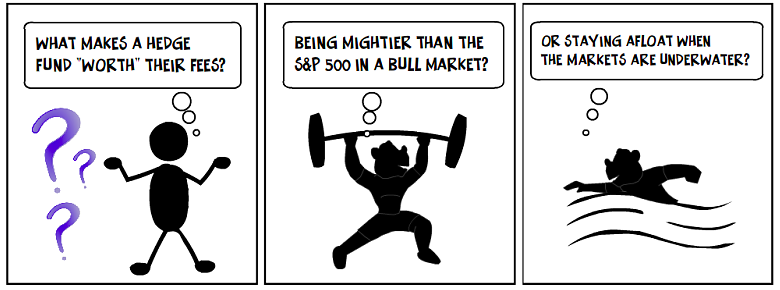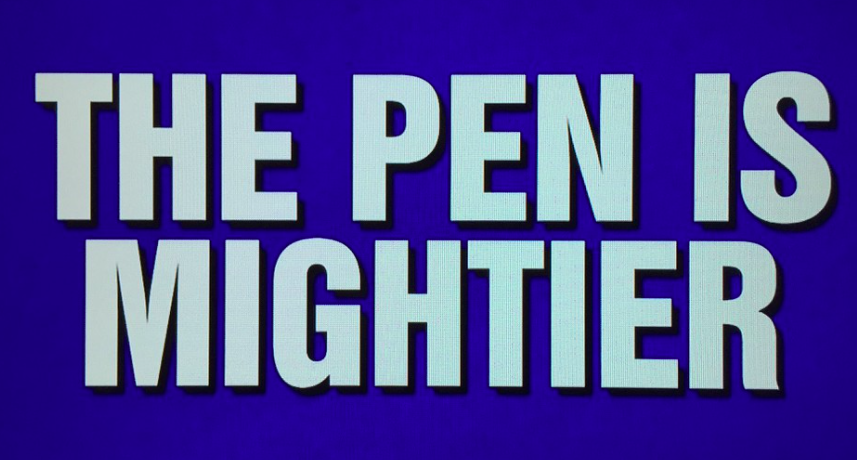It’s August. It’s slow. It’s what the Hitchhiker’s Guide to the Galaxy might have referred to as the “long dark teatime of the soul” when it comes to investment industry activity. The conference circuit is dead. Everyone is on vacation. There are practically tumbleweeds rolling through your office.
(c) 2018 MJ Alternative Investment Research - I spent my OOO time this year in Middle Earth.
Yep, it’s about this time of year when you believe that everyone but you sold in May and went away.
And you’ve got the Out of Office emails to prove it.
Sure, you’re still sitting in your office, or you’re on a nice beach trying to be productive while your family cavorts and relaxes, dutifully sending out email requests for meetings, performance updates, introductory information, requests for proposals, whatever. And all you’re getting back from Darryl, John, Hall and Oates is “I am currently traveling with no/limited/sporadic access to emails/phone. If you need immediate assistance, please eff off/contact this random person. I will respond to/continue ignoring your email upon my return.”
So what’s an investment professional to do?
If you’re getting the Out of Office (OOO) treatment these days, try these handy tips for coping:
1) Assume the email you just sent is going into the virtual circular file. It ain’t never gonna be read, answered or otherwise acted upon. Even if the autoreply doesn’t go as far as this particular OOO did to spell things out for you, your chances of getting a timely response are pretty slim. So look at the date the out of office email expires and mark your calendar for one week after that date. On that day, send your email again. Do not forward, do not refer to your prior email. Send a virgin email, to be touched for the very first time, without the guilt and recrimination of a forward. Start fresh. Just like you hope the recipient is doing after a nice, relaxing holiday.
2) In investing, time is money, but it isn’t life. We’re not carrying hearts around in beer coolers, y’all. Whatever you are emailing about, chances are it can probably wait a week (or two) for a response. Even if it doesn’t feel like it to you in a particular moment. If you get an out of office response, DO NOT attempt to hunt the person down like you’re the Terminator of the email world. On a recent vacation, I had more than one recipient of my OOO decide to text me since they couldn’t reach me via email. Needless to say, given the 17-hour time difference, I was none too happy to receive communication from those individuals in the wee hours of my morning respite from work and responsibility. So, before you go to extreme lengths to contact someone who is out of the office, ask yourself how you would feel if you reached them and they were, I don’t know, at a funeral. Would your call or text be worth disturbing that particular occasion? If the answer is “no” then put down your phone and back slowly away. Otherwise the only funeral you may be going to is yours.
3) Try a little patience. Most people I know start going through their missed emails from the top down (most recent dates first), in the off chance something has resolved itself in the intervening days or moments and they can blissfully ignore all related messages. If you emailed early on in someone’s OOO timeline, give the person a few days to get back to you. See also, OOO tip one.
4) For those composing an OOO, go ahead and say you’re not checking emails. Even if you are, there’s bound to be a few you can’t or won’t deal with. Telling people you’re checking emails sporadically or that there’s a “delayed response” gives those receiving your OOO false expectations, and gives them a little more leeway to harass you while you’re grabbing some R&R (or attending a conference, or staycationing…).
5) Even if you don’t get an OOO response, if you don’t get response from someone after a week during this most humid time of the year, give folks the benefit of the doubt. There’s nothing worse than coming back to the office to find a bunch of pissy emails (“I tried you last week but didn’t hear back”) to make someone NOT want to prioritize you.
If you find you’re just too impatient to follow my Out of Office Etiquette, perhaps you need a little OOO time yourself. Economist Juliet Shor found that Americans take less vacation than the average medieval peasant, who worked around 150 days a year. So make a break from your feudal ways and chillax. You can always start stalking folks again after Labor Day.




























